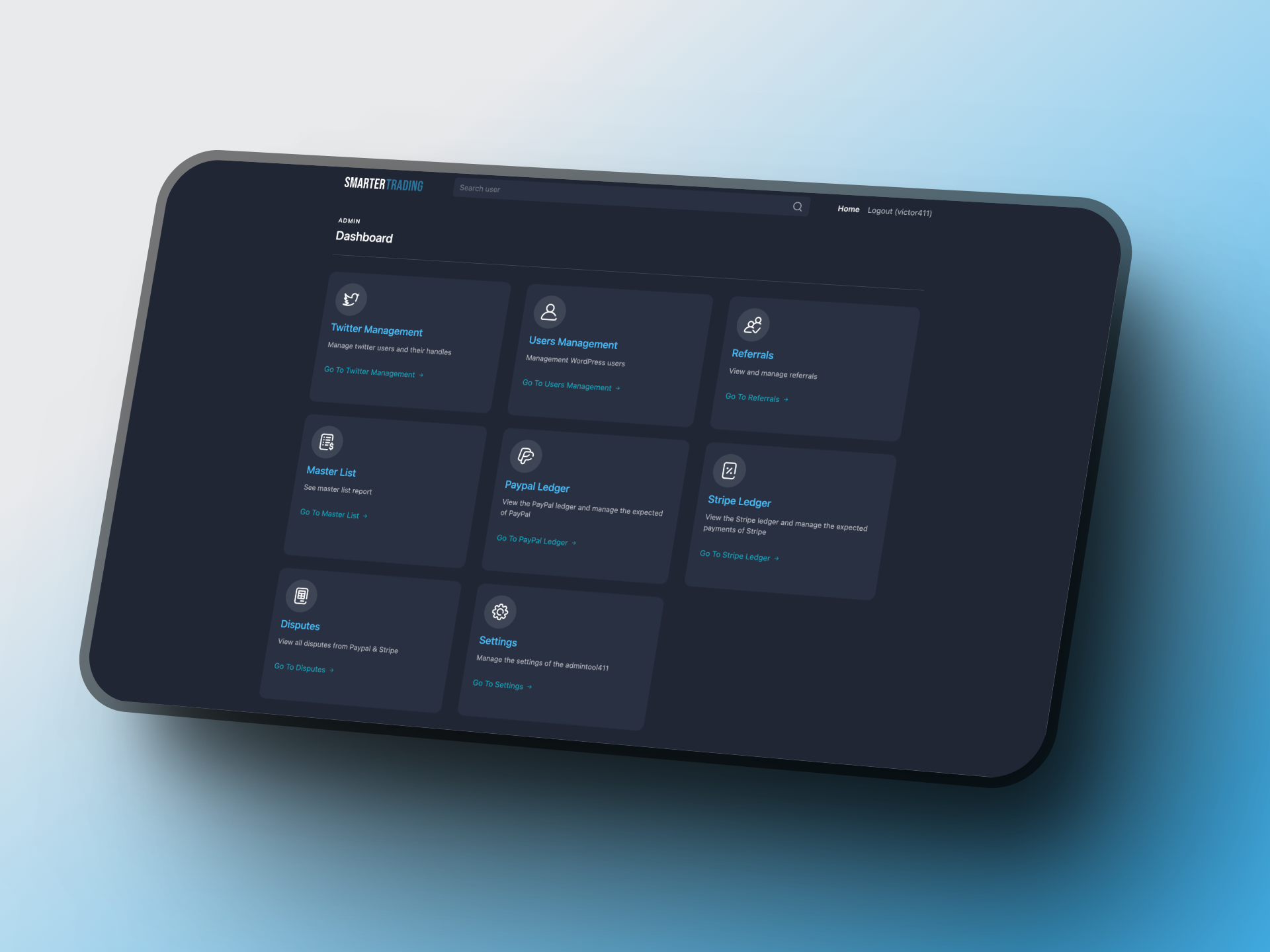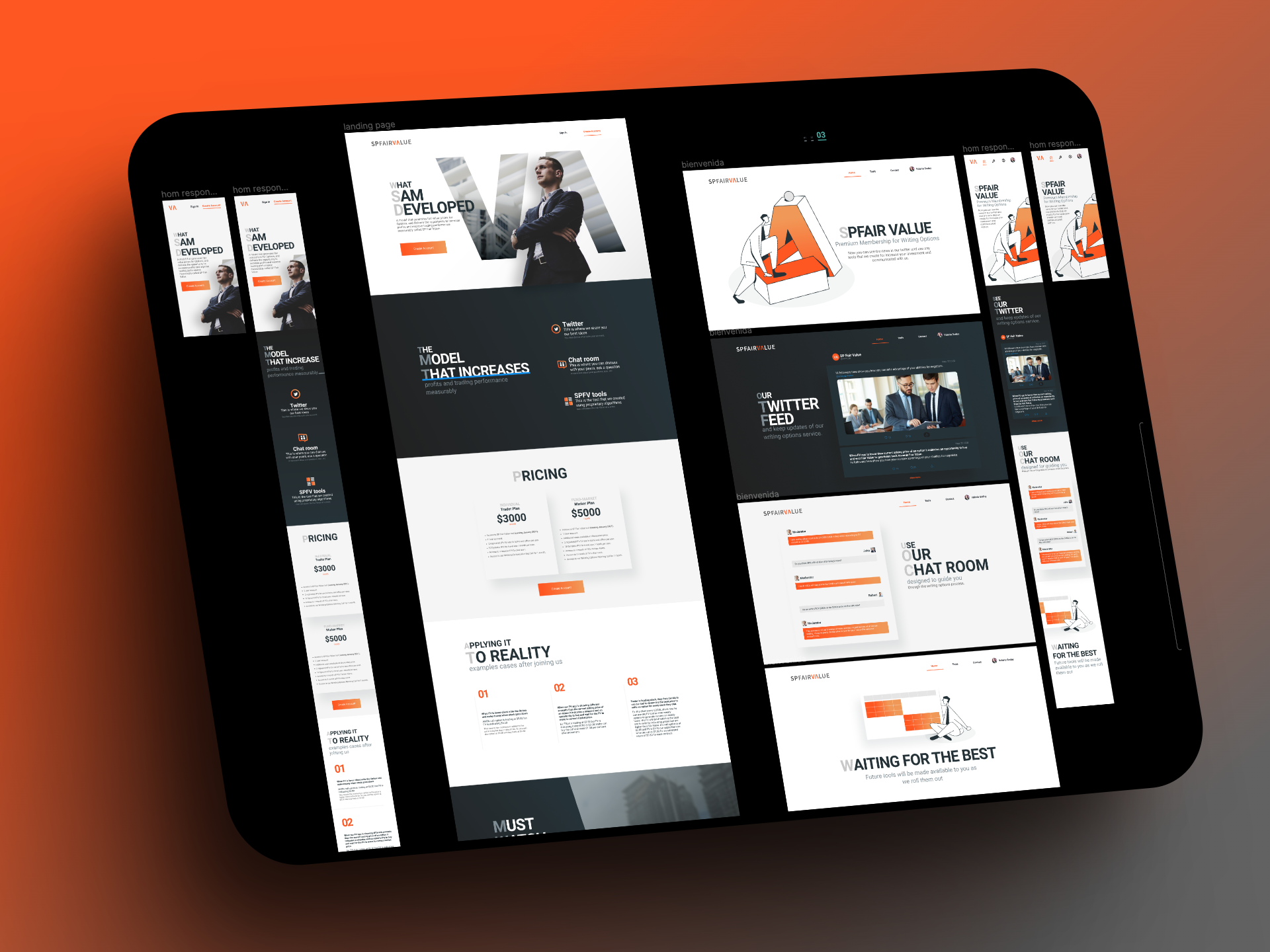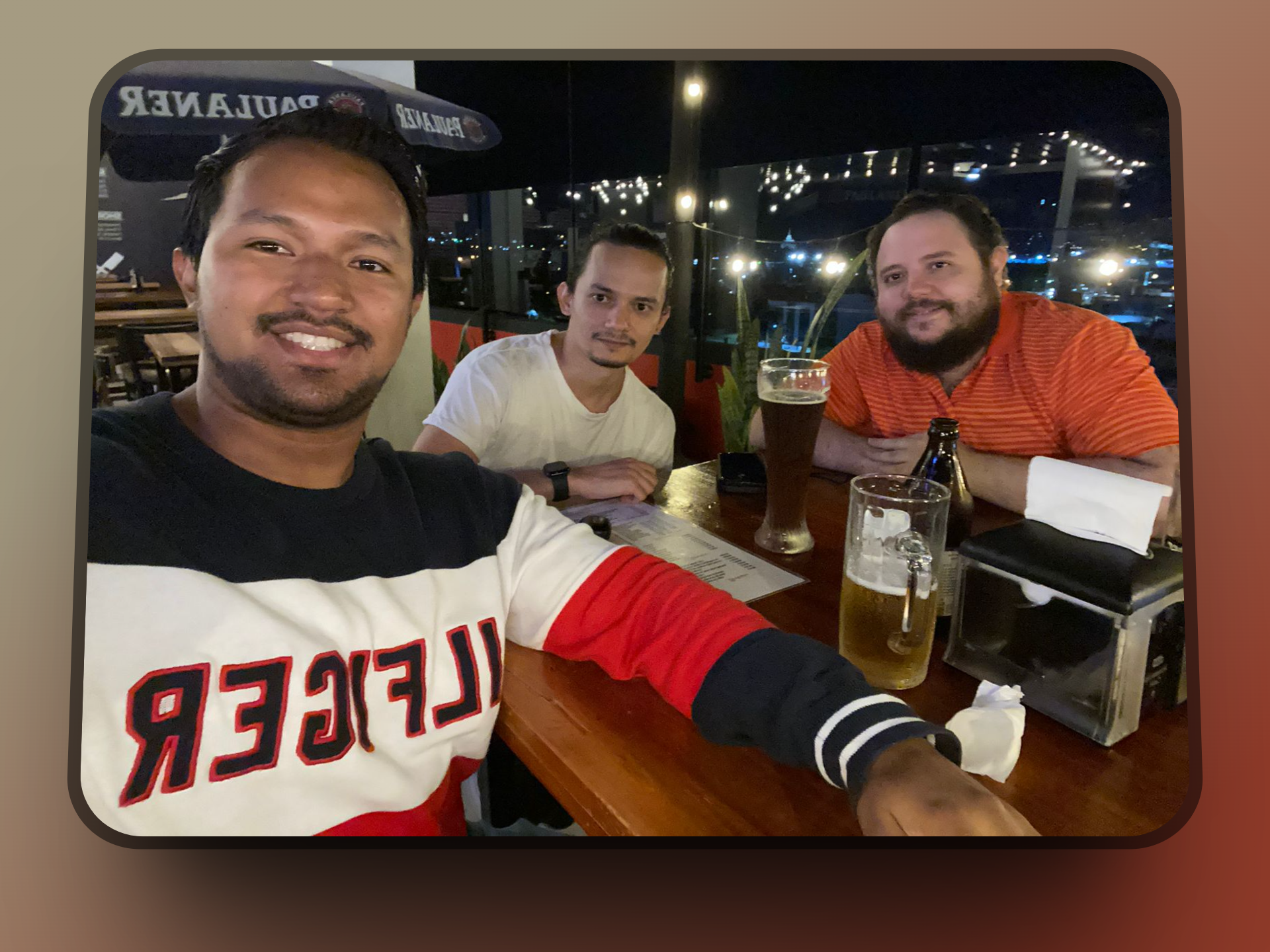My Journey as a Full-Stack Developer: Building, Integrating, and Modernizing Platforms.
In the bustling world of web development, wearing the full-stack developer hat means you’re dabbling both in the art of front-end and the logic of back-end development. My journey in this domain has been filled with challenges and learnings, particularly when dealing with user subscriptions and integrating various third-party services. Let me dive into some highlights of my experience.
Options Trading Service Platform

SmarterTrading411 is a platform that provides options trading services to its users. The platform is built on WordPress and uses a custom theme. The platform is integrated with Stripe for payment processing and Mailchimp for email marketing. The platform also has a custom-built dashboard that allows users to manage their subscriptions, view their payment history, and access educational content.
The All-In-One Dashboard System

One of my proudest accomplishments was designing a dashboard system capable of managing over 3,000 user subscriptions. Before this, our team had scattered processes, making it challenging to keep up with user activities and requirements. But with the new dashboard, everything was available at our fingertips, a centralized place that boosted our team’s productivity tremendously.
Simplifying Through Integration
In a bid to make reporting more streamlined and reduce manual input, I integrated services like Twitter, PayPal, and Stripe. This wasn’t just about connectivity but understanding how data flowed between these services. The result? A robust report generation system that gave insights into future payments. We bid goodbye to convoluted Excel sheets, cutting down their use by an impressive 40%.
A Fresh Coat of Paint
 User experience is as vital as the service itself. Realizing our landing pages and internal platforms looked dated,
I took the initiative to modernize and redesign them. We revamped 2 landing pages and 3 internal platforms, resulting
in a more user-friendly and aesthetically pleasing interface.
User experience is as vital as the service itself. Realizing our landing pages and internal platforms looked dated,
I took the initiative to modernize and redesign them. We revamped 2 landing pages and 3 internal platforms, resulting
in a more user-friendly and aesthetically pleasing interface.
Mastering Time Management in an Asynchronous World
Working remotely has its perks, but it also comes with the challenge of managing time effectively. I managed to assign projects and time tasks in a way that allowed me to maintain a steady 8-hour workday, even in an asynchronous workflow. This ensured that I was always aligned with team goals, delivering on time, and maintaining work-life balance.
 Here we share some free time with the team after a hard day’s work
Here we share some free time with the team after a hard day’s work
Conclusion
Being a full-stack developer is not just about knowing multiple programming languages or tools. It’s about understanding
the bigger picture, bringing value through integrations, enhancing user experience, and managing time in an
ever-evolving digital landscape. As I continue my journey, I’m excited to take on more challenges and further hone my
skills.
Thanks for reading! If you have any questions, feel free to reach out to me on LinkedIn